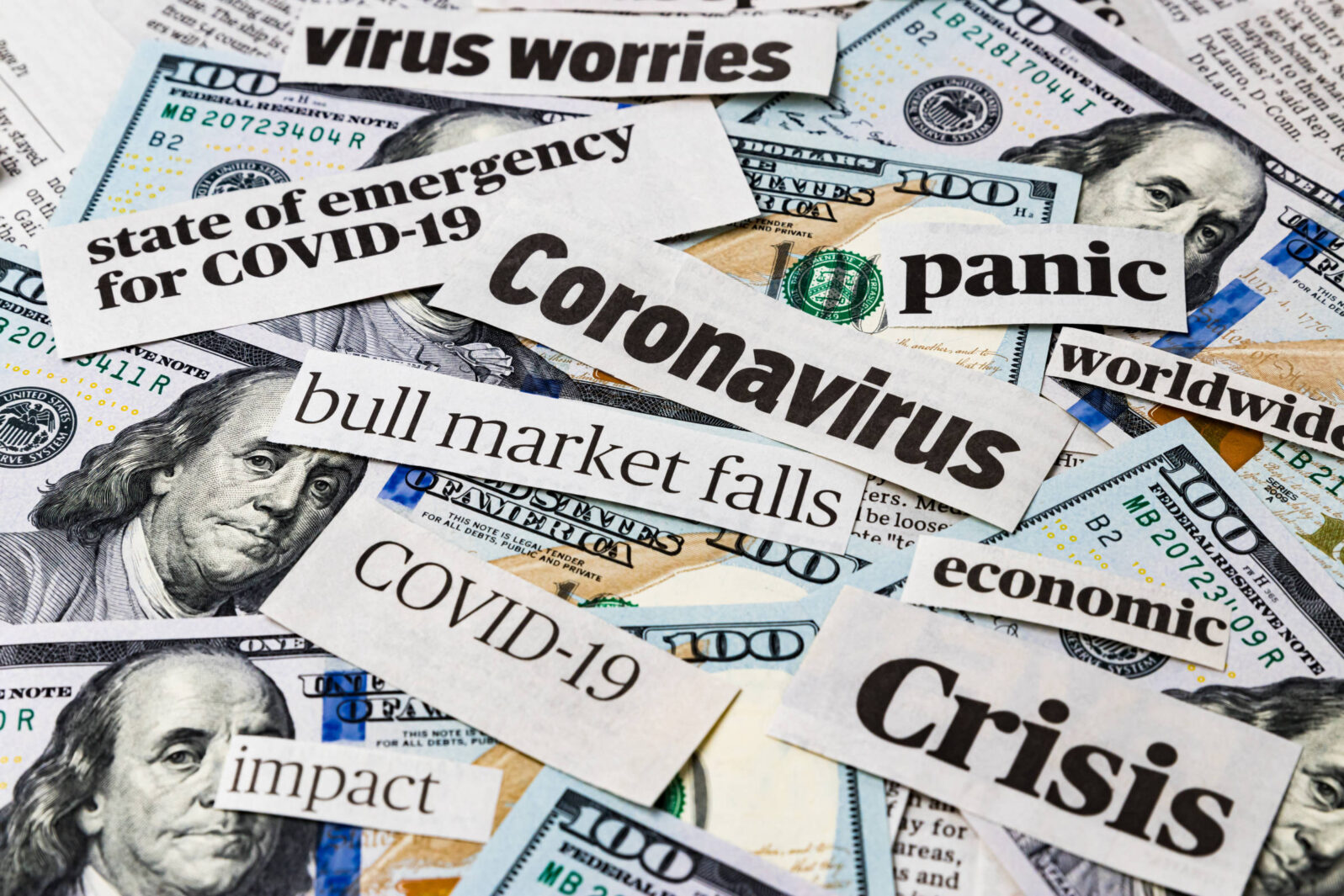Fighting Pseudoscience With Empathy? Try a Little Humility First…
The accusation of “pseudoscience,” under the current science regime, has often become little more than an elite-driven smear against inconvenient dataStony Brook astrophysicist Paul Sutter has decided to take on the big topic of pseudoscience, which, he says, he encounters “everywhere I go.”
He admits that there is no clear definition of pseudoscience. For example, is controversial string theory, which he supports, pseudoscience? Some say it is “practically pseudoscience.” He says no. But happily, he has a personal definition: “pseudoscience has the skin of science but misses its soul.”
The soul of science?
It involves skills like rigor, where we take our own statements seriously and follow them to their full logical conclusions. Or humility, where we learn to accept that any statement can be proven wrong at any time. There’s also fundamental skepticism, in that we allow the evidence to dictate our beliefs. Science is characterized by a spirit of openness, by requiring that methods and techniques be shared and publicized so that others can critique and extend them, and connectedness, which is a sense that statements we make must connect with the broader collection of scientific knowledge. Lastly, science persists in a constant state of evolution, where we always refine our beliefs and statements given new evidence or insights.
Paul Sutter, “The key to fighting pseudoscience isn’t mockery—it’s empathy,” Ars Technica, 1/10/2024
He contrasts this ideal state of affairs of science with ghost hunting, etc. And he believes that the solution to the problem of people believing in pseudoscience is empathy:
… I try to practice what’s known as radical empathy. This is empathy given to another person without any expectation of receiving it back in return. I try to see the world through someone else’s eyes and use that to find common ground. Why do they believe in UFOs? Is it because they want mystery and wonder to be alive in this world? Hey, me too! Why do they buy homeopathic medicine? Is it because they desperately wish they could do something about their medical condition? Yeah, I hear that. Why do they get a palm reading? Is it because they could use some guidance through their complicated lives? Couldn’t we all.
Sutter, It’s empathy”
Please! Enough of Sutter’s empathy! No one need spend a lot of time or energy demonstrating that ghost hunting is nonsense.
What about the COVID years?

The dreadful reality is that during the COVID years, many reasonable hypotheses such as the lab leak theory of COVID’s origin were treated as pseudoscience. Prominent dissenting epidemiologists were publicly attacked and mocked by their peers for entirely reasonable ideas about how to manage the epidemic. Ideas that “just sort of appeared” — like 6-foot social distancing — were somehow science. Anthony Fauci famously said “I represent science.”
The accusation of “pseudoscience,” under the current science regime, has often become little more than an elite-driven smear against inconvenient data.
The solution to all that isn’t empathy or informing the world that ghost hunting is nonsense. It’s cold, hard, pitiless enquiry into how governments and corporations assumed unaccustomed powers and in some cases, perpetrated serious harms — possibly serving private interests.
Consider what was once derided by “real” scientists
While we are on the subject of pseudoscience, it might be as well to stop and remember that many science mileposts that are taken for granted today were once considered pseudoscience:
● The germ theory of disease, taken for granted today, was “disregarded” by more fashionable thinkers when it was first proposed in the mid-1500s, in favor of a “miasma” (bad air) theory.
● Ignaz Semmelweis (1818-1865) was “derided by the medical profession” for suggesting that sterile procedure would reduce maternal deaths in childbirth.
● At one time, all fashionable thinkers took for granted that microorganisms formed naturally out of the air (spontaneous generation): “It is a false idea that was once a widely accepted belief in the scientific community. Its ideas were so strong that it took multiple experiments by several different scientists to disprove the theory and start to shift the mindset about how living things arise.” It was not until the 19th century that Louis Pasteur (1822–1895) decisively nailed the fact that all life comes from life. We still don’t know how life originally arose but we now know for sure how it doesn’t.
And these are only the big ones. For a long time, bacteria were dismissed as the cause of ulcers but in 2005, the physicians who clearly identified that fact received the Nobel Prize.
No one needs to expend a lot of time or energy pointing out that nonsense about spooks and UFOs isn’t science. It would be much more appropriate to worry about the many things regarded as pseudoscience today because they contradict fashionable thinking — but have a lot of evidence in their favor.
You may also wish to read: Why did the New York Times discredit the lab leak theory? The Times led the way in zealously discrediting the quite reasonable COVID-19 lab leak theory. But what underlay its zeal? David Rindsberg, author of The Gray Lady Winked, reveals some eye-opening financial ties between the Chinese Communist Party and the Times.
